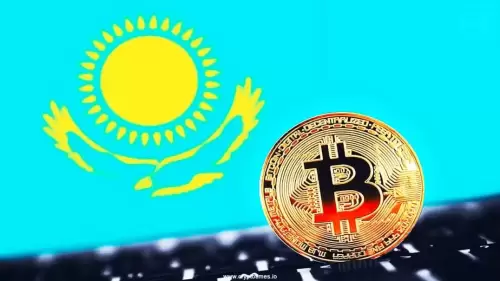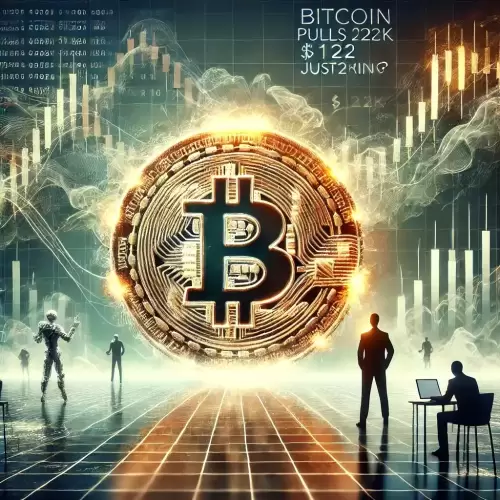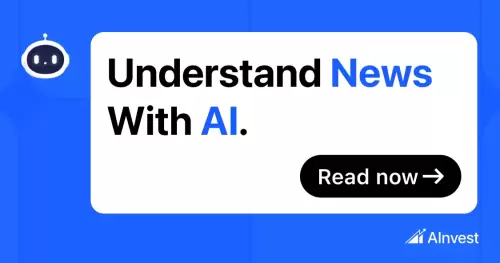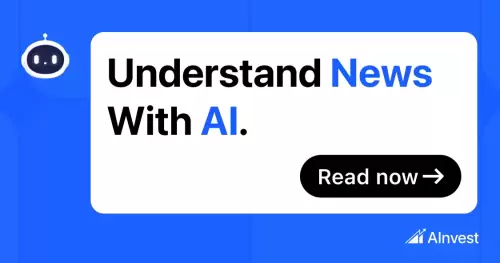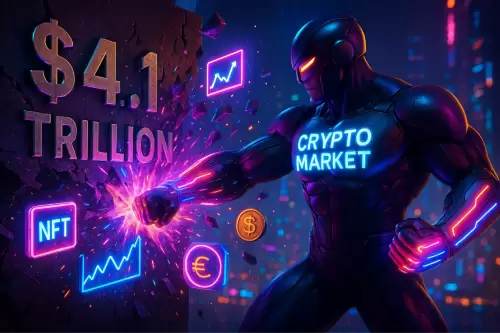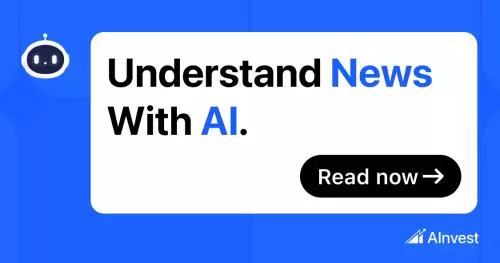Ethereum is tackling its fee market with proposals like EIP-7999, aiming for scalability and simpler transaction costs. Is this the key to mainstream adoption?

Ethereum's Fee Market Evolution: Scaling Up and Simplifying Fees, a New Yorker's Take
Ethereum, the blockchain that never sleeps, is always hustling to improve. The latest buzz? A major overhaul of its fee market system. Think of it as streamlining the tolls on the Information Superhighway – making it cheaper and easier to navigate. Let's dive into how Ethereum plans to scale up and simplify those pesky fees.
The Problem: Ethereum's Gas Guzzler
Let's be real, Ethereum's gas fees have been a headache since 2017. Remember the ICO craze and the DeFi boom? Sky-high demand meant sky-high transaction costs. While the EIP-1559 upgrade in 2021 helped a bit, those fee spikes still hit hard. Solutions like Layer 2s (Optimism, Arbitrum) popped up, but the main network needed a fix.
EIP-7999: A Unified Fee Market
Enter EIP-7999, a proposal from Vitalik Buterin and Anders Elowsson. The goal? A unified, multidimensional fee market. Imagine paying a single 'max_fee' for all transaction resources—compute, storage, data—instead of juggling separate fees. This aims to reduce user error, simplify the fee-setting process, and boost capital efficiency. Think of it as one-stop shopping for transaction fees.
Dencun Upgrade: A Step in the Right Direction
The March 2024 Dencun upgrade was a big deal. It included nine Ethereum Improvement Proposals focused on scalability, especially for Layer 2 solutions. Average gas fees for common transactions plummeted by 95% in the following year, dropping from about $86 to a cool $0.39. Still, Ethereum remains the top dog in transaction fee revenue, earning $2.48 billion in 2024.
BlockDAG: The New Kid on the Block
While Ethereum works on its fee market, other projects are making waves. BlockDAG, for example, launched its Trading Dashboard V4, offering users a live trading experience *before* the official listing. This kind of innovation is shaking things up, showing how crypto projects can engage users in new and exciting ways. BlockDAG is currently running a 10 BTC Auction Pool promotion, where every BDAG purchase before the August 11 GLOBAL LAUNCH release gives buyers a chance to earn a share of 10 Bitcoin. Larger purchases translate into a bigger share of the pool, driving both retail and large-scale participation as the presale progresses.
The Big Picture: Scalability and User Experience
The push for a better fee market isn't just about saving money. It's about making Ethereum more user-friendly and accessible. A simpler, more predictable fee structure could attract more users and decentralized applications. A more intuitive and streamlined fee mechanism could make the network more attractive for everyday transactions.
My Take: Ethereum's Got the Right Idea
Look, Ethereum isn't perfect, but it's constantly evolving. EIP-7999 is a bold move that could address some of the network's biggest challenges. And while projects like BlockDAG offer fresh approaches, Ethereum's efforts to refine its core infrastructure are crucial for long-term success. Ethereum is also EVM compatible, which means it can support Solidity smart contracts and Ethereum-based decentralized applications (dApps). This compatibility opens up opportunities for decentralized finance (DeFi), NFTs, and gaming applications, areas where Kaspa’s focus on core payments and scaling limits its support.
Final Thoughts
So, what's the bottom line? Ethereum is on a mission to fix its fee problem and scale up. Whether it's through unified fee markets or Layer 2 solutions, the goal is clear: make Ethereum faster, cheaper, and easier to use. And who knows, maybe one day, we'll all be paying our coffee with ETH without breaking the bank. Until then, keep your eye on the blockchain – it's always a wild ride!






































































